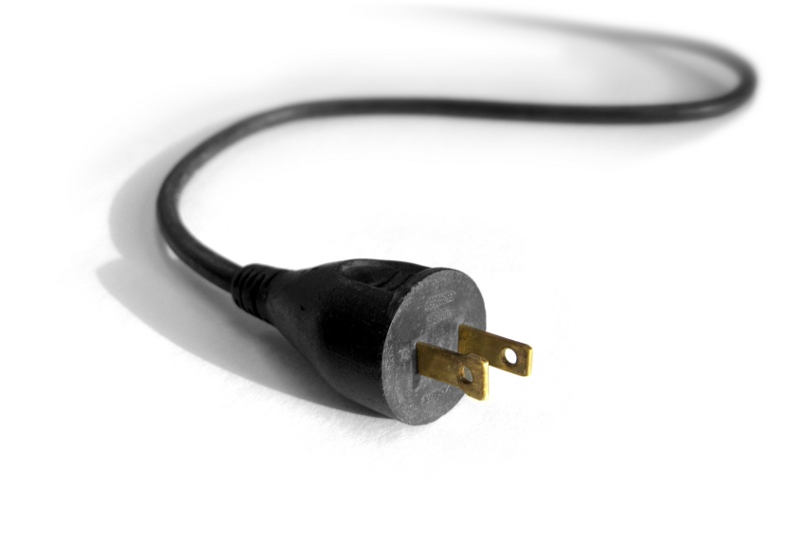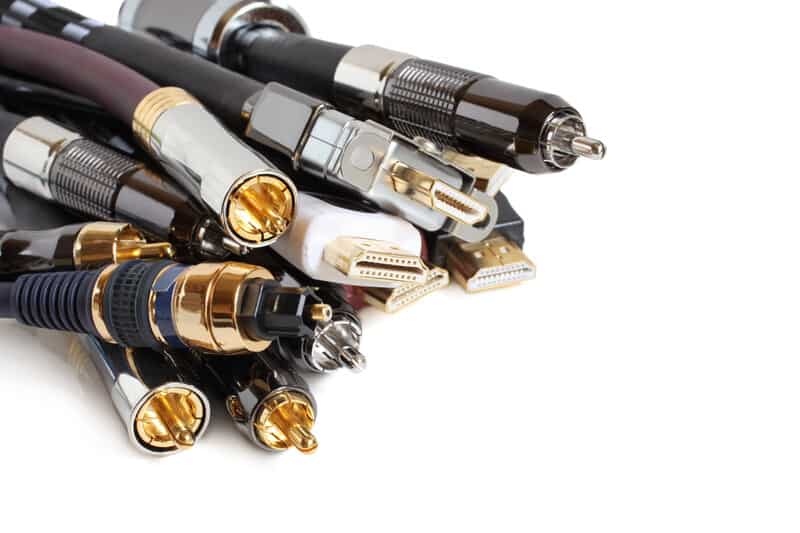Vineethkumar01
Well-Known Member
As a practicing engineer in wireless communications, I am not able to justify/digest arguements like electrical "signals" travelling at velocities of around 3.2 m/s (not concerned about drift velocity of electrons here). For all pracrical purposes, signal velocity in cables carrying electrical signals is close to the speed of light in vaccum.
This is a simple source of explanation i could find from a google search regarsing the different velocities involved:

 www.wtamu.edu
www.wtamu.edu
This is a simple source of explanation i could find from a google search regarsing the different velocities involved:
What is the speed of electricity?
The speed of electricity really depends on what you mean by the word electricity. This word is very general and basically means, all things relatin...
I am not able to justify/digest arguements like electrical "signals" travelling at velocities of around 3.2 m/s (not concerned about drift velocity of electrons here). For all pracrical purposes, signal velocity in cables carrying electrical signals is close to the speed of light in vaccum.
This is a simple source of explanation i could find from a google search regarsing the different velocities involved:

What is the speed of electricity?
The speed of electricity really depends on what you mean by the word electricity. This word is very general and basically means, all things relatin...www.wtamu.edu


